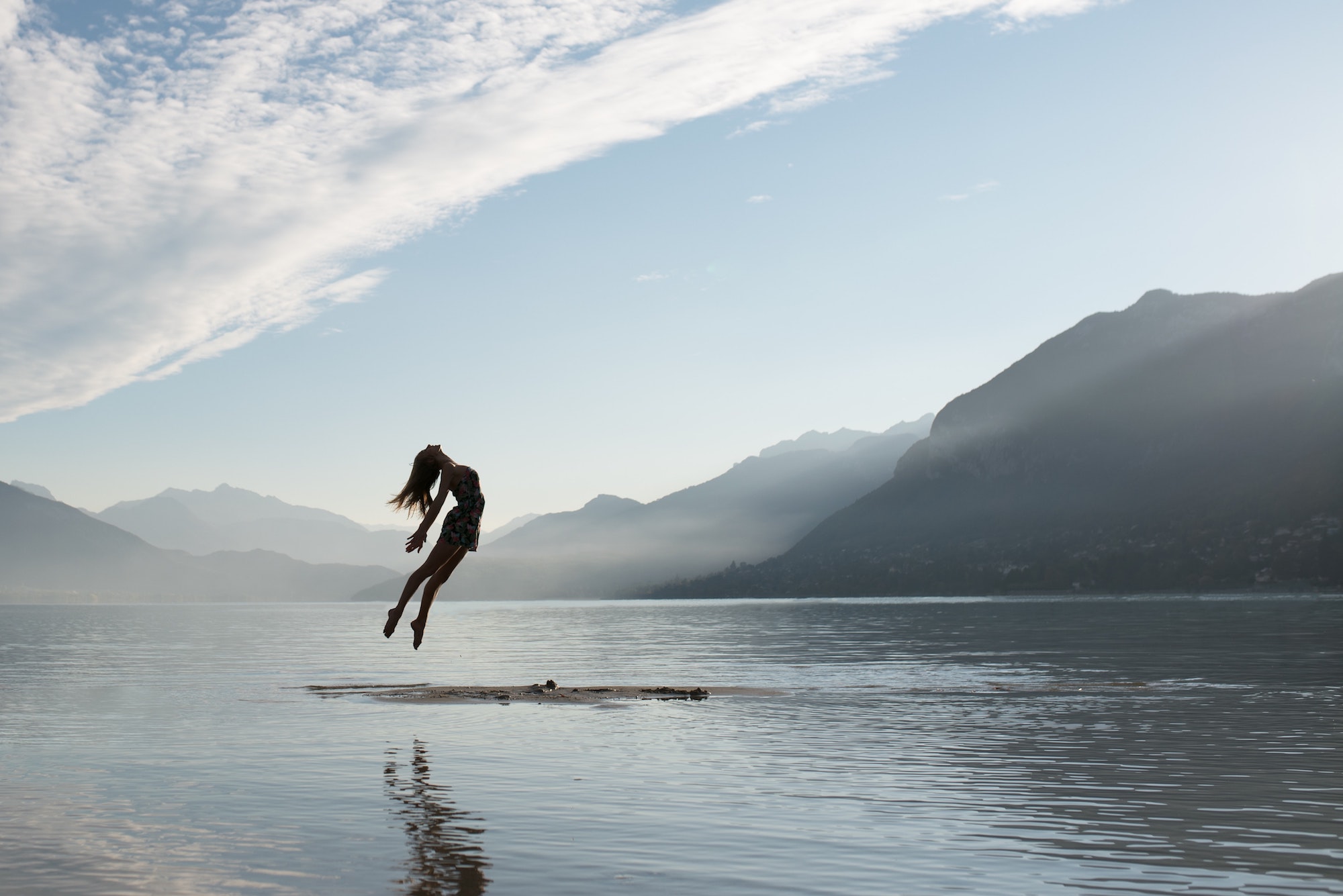
30 Aug Using Visualization to Improve Your Dance
While it’s not hard to imagine our favorite ballerinas on stage for our favorite ballets, it can be a true challenge to imagine yourself in that situation. To add insult to the injury of our insecurities during class, this new virtual class era allows you to feel even more awkward via Zoom. Still, we must actively work every moment of our class, not only to engage our core, legs, glutes, and upper body, but also tune into our mental abilities and allow our imagination to sora before, during, and after class. By applying a simple practice of visualization, we can add a new dimension to our practice (and subsequently our performances). Imagining that your performance is being observed in very close detail – if even by yourself – can help you not only increase your awareness but also elevate your level by creating an actionable list of things to impress in your mind and body. Imagine the ribbons on your point shoes, the sparkle of your costume, the smell of the theater, and the sounds of the orchestra, and you’ll feel like Odette and thus closer to achieving her signature variations. Moreover, visualization is a great skill to work while learning remotely: It requires no space, no special equipment, and it’ll be a great tool to have in your toolbox once you’re back on an actual stage. Here’s more on why and how to do it.
Why Visualization Is Effective
There’s good science to back up the power of visualization. When you imagine a dance scenario, your brain engages in the same way it does when you’re are actually moving. Seeing images over and over in your mind allows connections to solidify, reinforcing your ability to recall a series of steps, for example. Focusing on details is especially important. When people visualize, their brains often make “aha”-moment connections that can lead to real physical results, Kaslow says—but not if their imagined scenario is too vague. That’s why when you do visualize it, it’s really important for it to be as specific as can be. Visualization is most effective when we get into tiny details that might seem unrelated to dance—what you’re wearing, how you’re feeling, what the environment is like. Some describe visualization exercises to dreams we have total control over.
How It Can Benefit Your Dancing
So, how do dancers use visualization? Pictures yourself doing a routine at a level above what you physically did the previous time—the level to which you want to rise. Occasionally incorporate this kind of visualization exercise into your crosstraining workouts as well. Visualization techniques help our adult ballet students immediately display a different sense of power and hunger. Visualization can also help while developing your own choreography.
How to Do It
There are many ways to incorporate visualization into your daily dance routine. Here are some best-practice tips:
- Find a quiet space that allows you to fully concentrate.
- Close your eyes (or not, up to you). If doing so helps you to focus, great. But if you’d rather gaze into the distance and imagine you’re looking out into a crowded audience or watching yourself go across the floor, that’s fine.
- See yourself. What kind of dance shoes are you wearing? What does your hair look like? Are you wearing perfume? Are you feeling nervous?
- See the environment. Are you under bright stage lights or fluorescent studio lights? Is there a large audience, or are you alone with the mirror?
- Set your intention. What, specifically, are you trying to improve? The more granular your focus, the more likely you are to see improvement. Think: This time, I’m going to nail that triple pirouette. Or: This time, I’m going to perform with next-level energy.
- Watch closely. As you “dance” in your mind, absorb every detail of the performance, making mental notes you’ll be able to refer back to when you’re dancing in real life.
